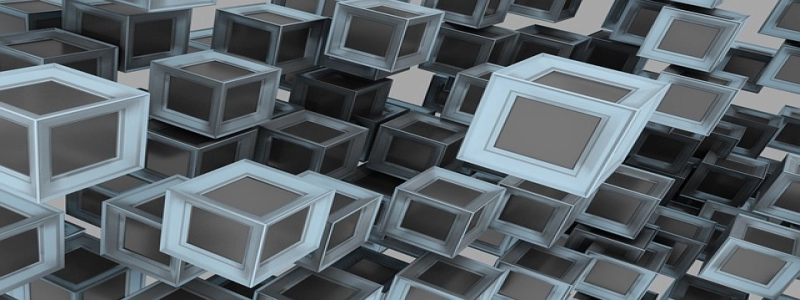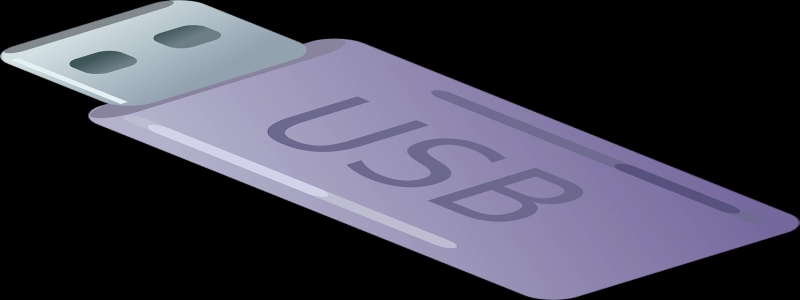Fiber Optic Cable Bend Radius
أنا. مقدمة
أ. Definition of Fiber Optic Cable
ب. Importance of Bend Radius in Fiber Optic Cables
ثانيا. Understanding Bend Radius
أ. Definition of Bend Radius
ب. Factors Affecting Bend Radius
ثالثا. Importance of Maintaining Optimum Bend Radius
أ. Preventing Signal Loss
ب. Avoiding Fiber Breakage
رابعا. Fiber Optic Cable Bend Radius Standards
أ. International Telecommunication Union (ITU) Standards
ب. Institute of Electrical and Electronics Engineers (IEEE) Standards
الخامس. Calculating Bend Radius
أ. Single-Mode Fiber Calculations
ب. Multi-Mode Fiber Calculations
السادس. Factors to Consider for Proper Bend Radius Management
أ. Cable Construction
ب. Installation Techniques
سابعا. Techniques for Minimizing Bend Radius
أ. Using Bend-Insensitive Fiber Optic Cable
ب. Proper Cable Routing
ثامنا. Common Mistakes to Avoid
أ. Excessive Pulling on Cable
ب. Tight Bends at Cable Terminations
IX. خاتمة
أ. Importance of Bend Radius in Fiber Optic Cable
ب. Guidelines for Proper Bend Radius Management
في هذه المقالة, we will discuss the importance of bend radius in fiber optic cables. Fiber optic cables are used to transmit data over long distances through the use of light signals. As these cables are flexible, they can be bent to accommodate various installation requirements. لكن, it is essential to understand and adhere to specific bend radius guidelines to prevent signal loss and fiber breakage.
Bend radius refers to the minimum radius at which a fiber optic cable can be bent without causing any detrimental effects on its performance. Several factors can affect bend radius, such as the cable’s design, fiber type, and installation techniques.
Maintaining the optimum bend radius is crucial for the smooth functioning of fiber optic cables. If the bend radius is too tight, signal loss can occur, reducing the cable’s transmission capabilities. Additionally, the fibers within the cable can weaken, leading to breakage and potential service outages.
To ensure that bend radius guidelines are met, international standards set by organizations like the International Telecommunication Union (ITU) and the Institute of Electrical and Electronics Engineers (IEEE) outline the permissible limits. These standards provide specific measurements and requirements to ensure proper cable performance and longevity.
Calculating the bend radius for different fiber types requires understanding the specific characteristics of each type, such as single-mode or multi-mode fibers. By considering factors like fiber diameter and cable construction, the bend radius can be accurately determined for each installation scenario.
Proper management of bend radius involves considering cable construction and implementing appropriate installation techniques. Cable construction, such as using bend-insensitive fiber optic cables, can significantly reduce the impact of tight bends on signal quality. Additionally, following proper cable routing techniques and avoiding excessive pulling on cables can help maintain the recommended bend radius.
Common mistakes to avoid when dealing with bend radius include excessive pulling on cables during installation and creating tight bends at cable terminations. These mistakes can introduce unnecessary stress on fibers, leading to signal degradation and potential cable failure.
In conclusion, bend radius management is crucial in fiber optic cables to prevent signal loss and fiber breakage. Adhering to international standards and guidelines, accurately calculating bend radius, using proper cable construction, and implementing appropriate installation techniques are essential for maintaining the optimum bend radius. By following these guidelines, users can ensure optimal performance and longevity of their fiber optic cable installations.







